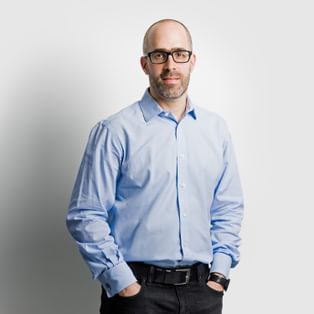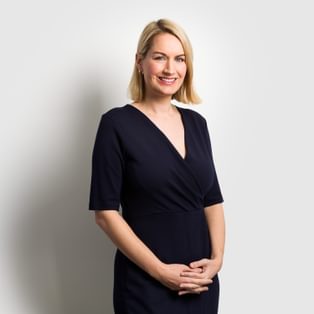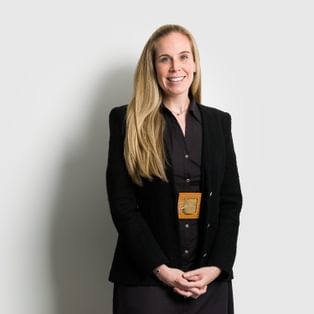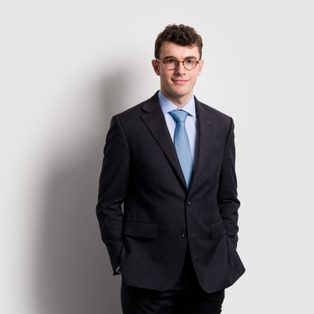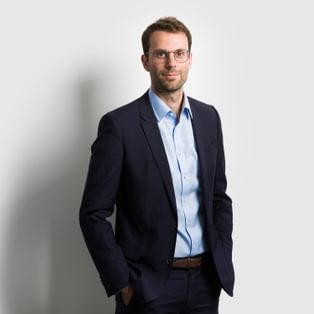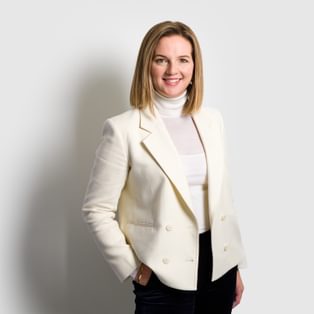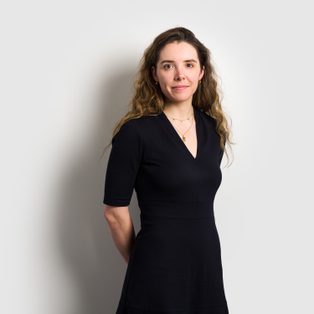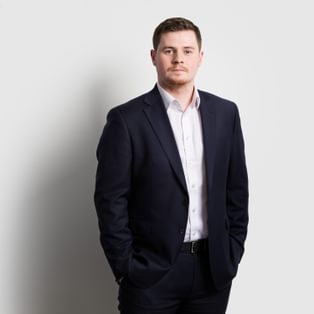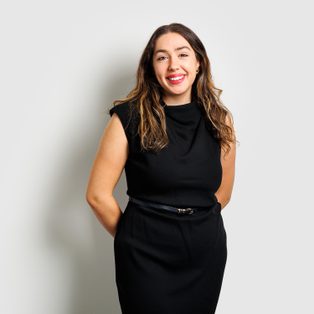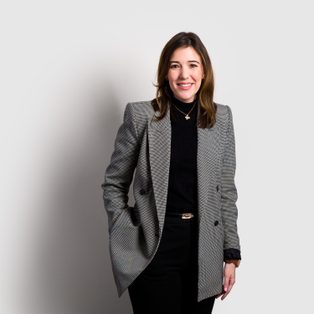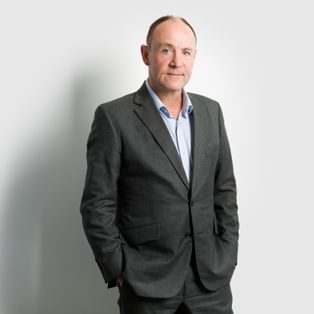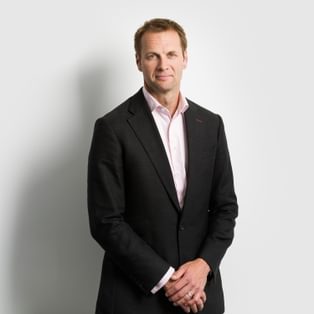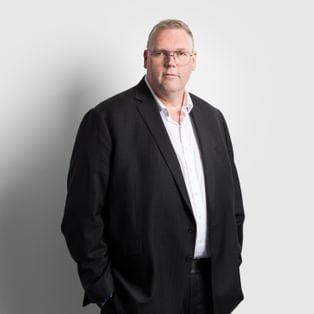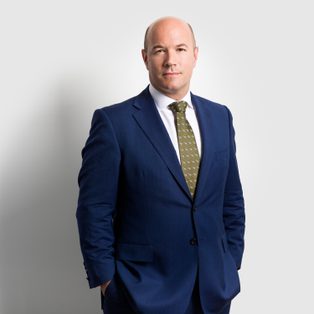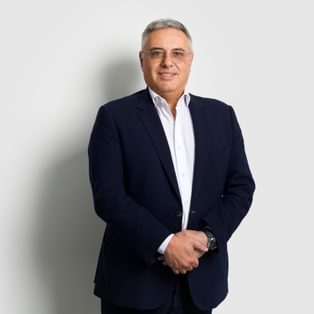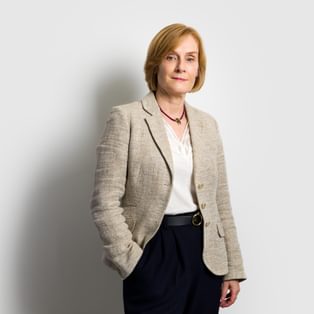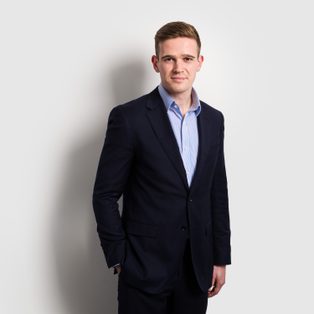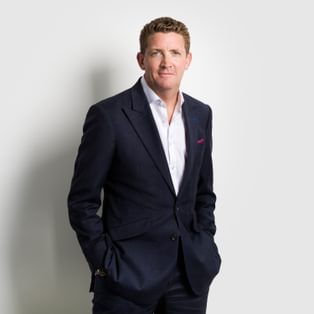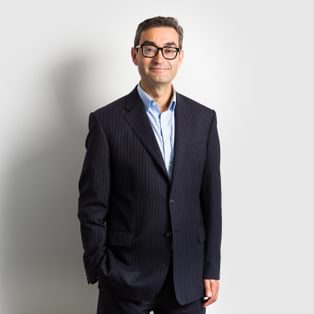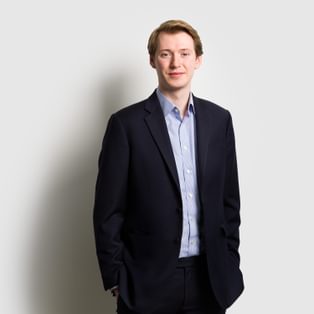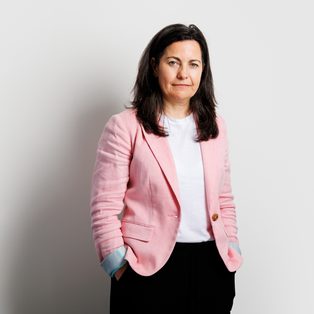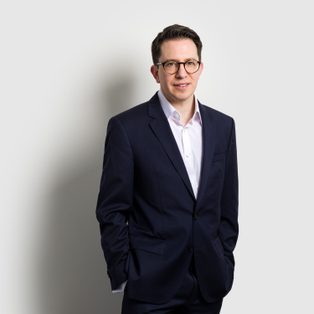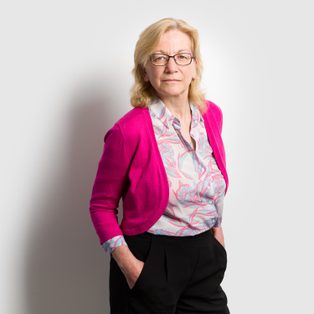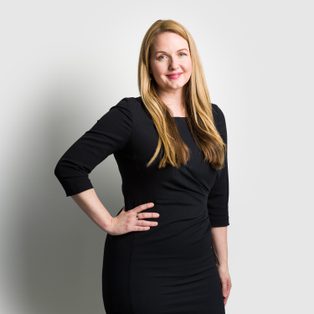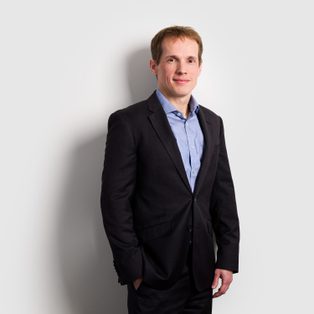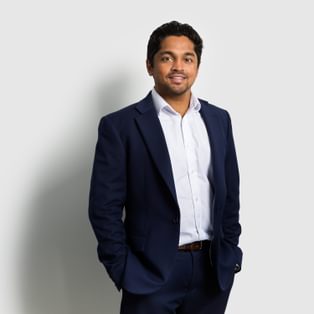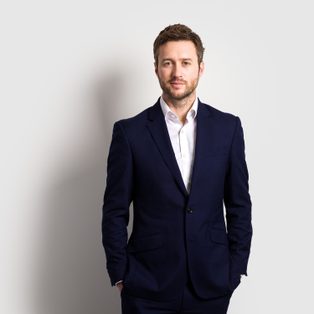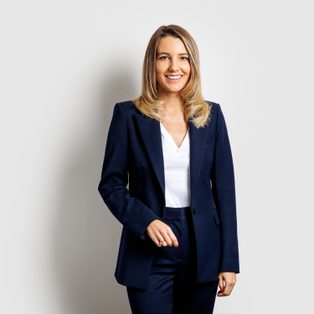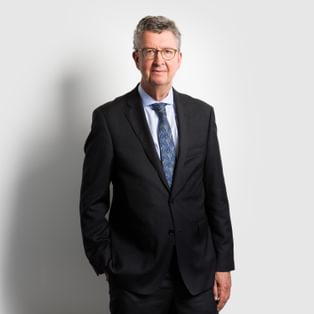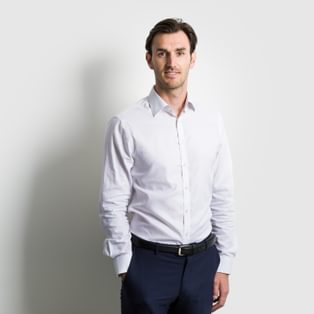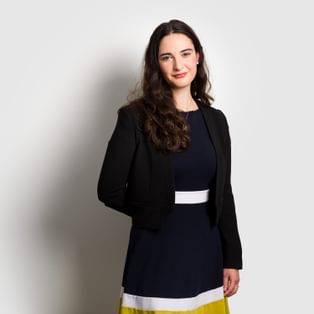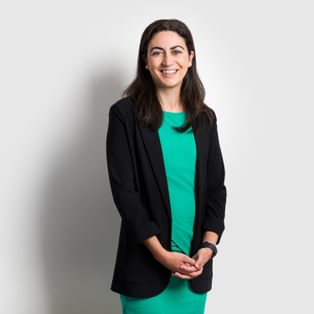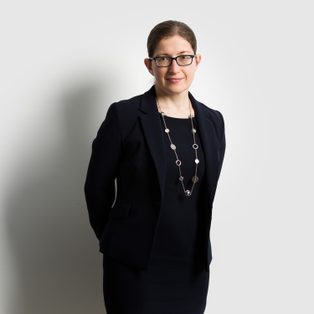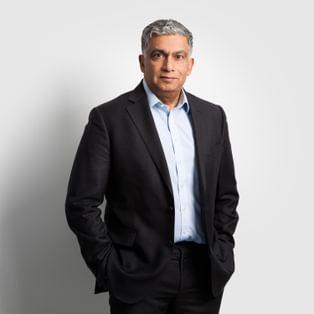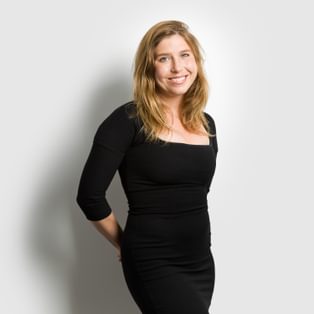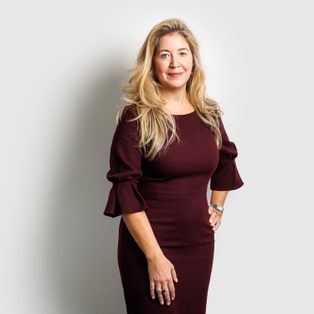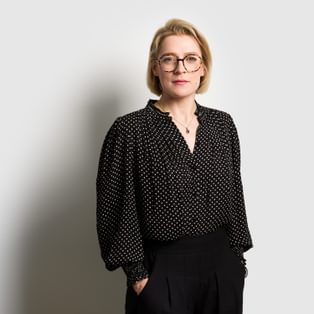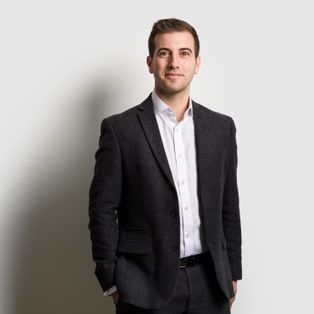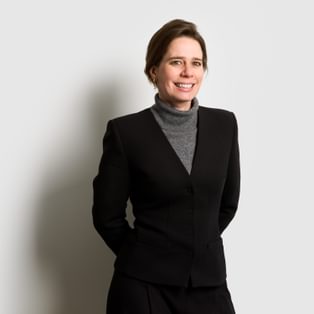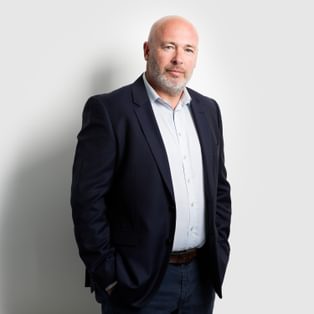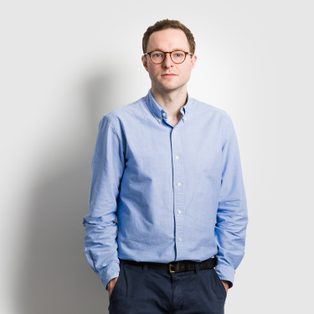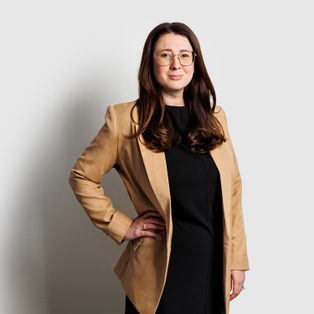The case of SAP UK v. Diageo[1], which was heard by Mrs Justice O’Farrell in the Technology and Construction Court, revolved around the specific terms of licence and maintenance agreements which dated back to 2004. These contractual terms had been amended and novated on a number of occasions, not always consistently and, as it turned out, in a manner which did not reflect what Diageo subsequently decided to do with the software.
Basis of the claim
In 2012, Diageo implemented a new Salesforce.com system which enabled its customers to place orders online. Previously customers had to use a call centre. Diageo also changed the way that its sales team operated so that they could look up and access customer data over the internet. In both cases, the relevant data was held in an Oracle database but, importantly, was also associated with certain SAP software products (in particular components from the mySAP Enterprise Resource Planning (mySAP ERP) product suite). This led to a claim by SAP that Diageo was under-licensed – in other words, it had enabled many more users of the software than it had actually purchased.
Diageo, in common with many other enterprises, had employed a system integrator (in this case management consulting firm Deloitte) to configure, implement and deploy the Salesforce products across its business. As a result, Diageo could not exactly argue that SAP knew how the new system would interact with the old one. If SAP had been more involved in the Salesforce implementation there might have been a different outcome.
The judgement
Diageo licensed the key software products from SAP on a named user basis, i.e. only specified categories of named user (listed in a schedule to the licence agreement) were entitled – directly or indirectly – to access and use the software. The judge concluded that the interaction of the new system with mySAP ERP amounted to indirect use of or access to the mySAP ERP. Further, the named user pricing was the only basis on which the software was licensed. This meant that SAP was entitled to unpaid licence and maintenance fees.
Quantum of damages
The amount of damages claimed by SAP from Diageo was a whopping £54.5 million for unpaid licence and maintenance fees arising from indirect use. The case was a split trial (i.e. divided into two parts, the first to determine blame, the second damages) and it did not proceed to the second part, so the amount of damages was never actually assessed. Diageo did not appeal, so presumably the case was settled.
Assessing the quantum of damages in such cases would certainly prove hard. Negotiations with large vendors such as SAP can be a little testing, but discounts against the published list price for the software can nearly always be obtained, especially as the quarter end approaches, and this would need to be accounted for.
Around the same time, it was reported that SAP had claimed an even larger sum, this time $600m from another brewer, Anheuser-Busch InBev, in a similar indirect licensing dispute. That claim was also settled out of court.
Lessons to be learnt
The sums claimed are eye-watering. These cases were carefully chosen by SAP and designed to grab the attention of the respective boards of directors, as well as the wider software industry (although under pressure from the SAP user community, it did subsequently take some steps to modernise its licensing with a new pricing model launched in April 2018). Both SAP and AB InBev ran into problems because of “old licensing in a new environment”. Licensed software needs to be actively managed so that contracts stay abreast of the way that the software is being deployed and used, especially as auditing carried out by external vendors is trending towards a much more detailed analysis of the legal terms (especially the permitted use and purpose of the software) than in the past.
Whilst software asset management (SAM) can assist businesses to, amongst other things, optimise their software licensing investments as well as potentially alerting them to under-licensing issues, the actual licence terms will also need be carefully reviewed and considered on an on-going basis (and where appropriate kept up-to-date) rather than being consigned to the bottom drawer. As noted by the Judge in the SAP case, the usage of software through “cloud-based portals was not generally available [in 2004] and therefore, unsurprisingly, [was] not explicitly identified” in Diageo’s licence.
A programme of self-audits, focussed on an organisation’s top 10 (or so) software vendors – ranked not just by spend, but by other factors such as business and operational risk, vendor’s size, approach to audit, litigation etc., is recommended. Another item for consideration is that where software asset management is outsourced, roles and responsibilities can often become blurred; a proactive approach should be adopted with the outsource provider to ensure that such boundary issues do not arise. Finally, where businesses undergo a business transformation or other change, such as an acquisition or disposal, which will likely involve some combination or separation of software estates, careful consideration needs to be given to legacy licence terms to avoid unforeseen claims and costs.
Concluding Thoughts
The case, which was decided in 2017, remains relevant to the licensing of software by businesses today. Many businesses run software on old licence terms which have not been amended to reflect the adoption of new technologies. The terms are often complex, with multiple components some of which may be online, making them difficult to interpret. In the past the definition of a user would, most likely, have pointed to a person (or category of persons), but in the digital age it could equally be a machine, bot or other device.
[1] SAP UK Ltd v Diageo Great Britain Ltd [2017] EWHC 189 (TCC) http://www.bailii.org/ew/cases/EWHC/TCC/2017/189.html



